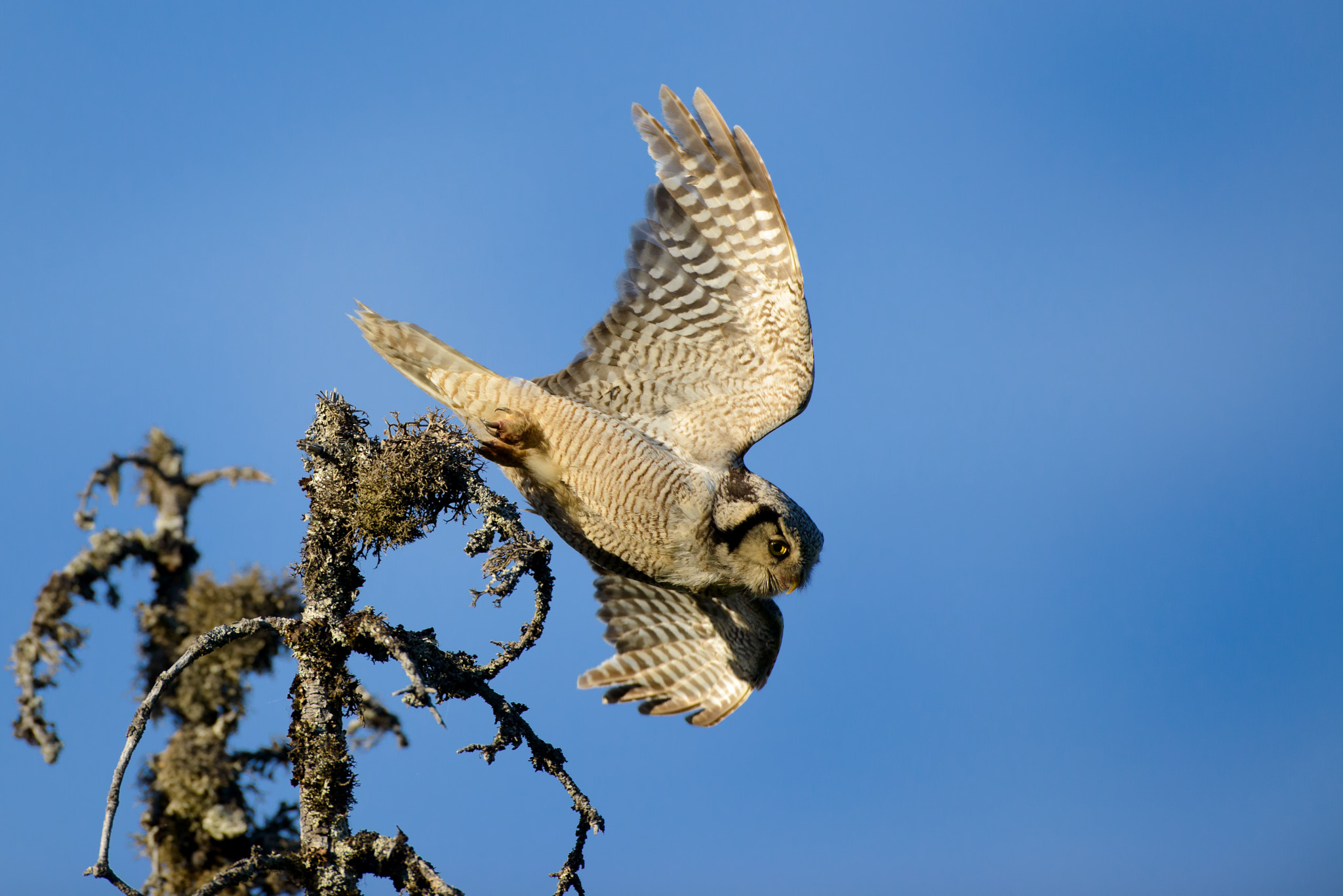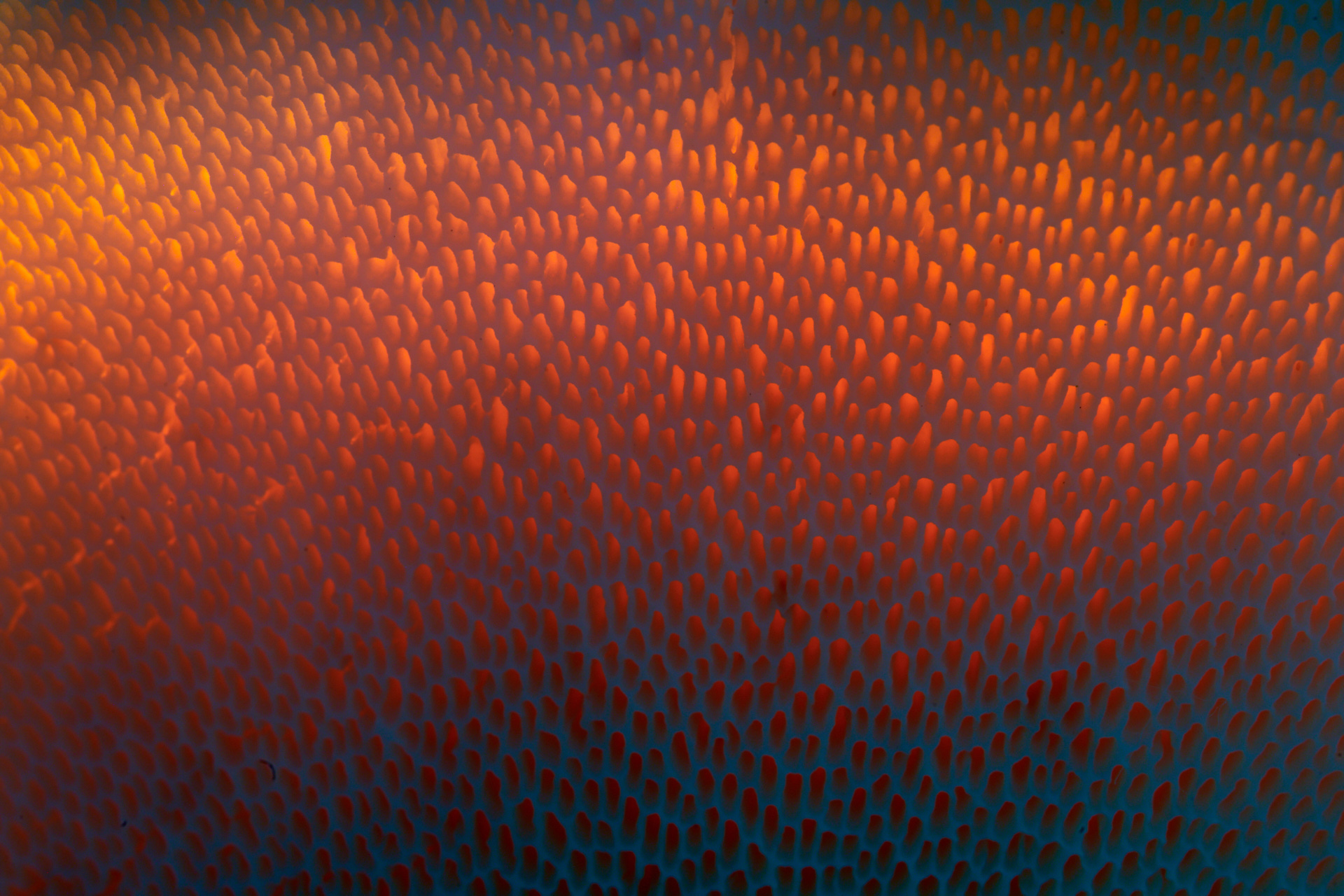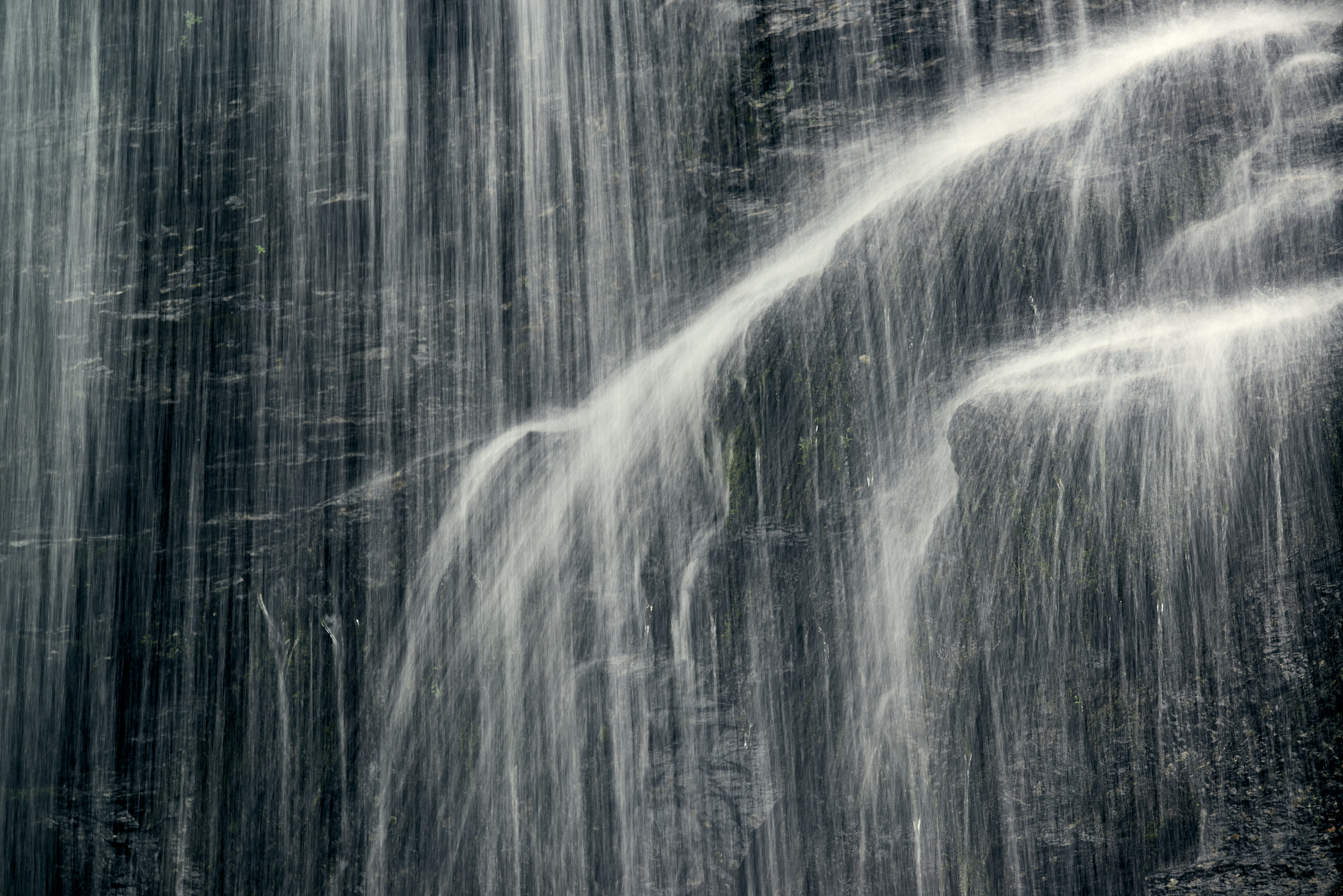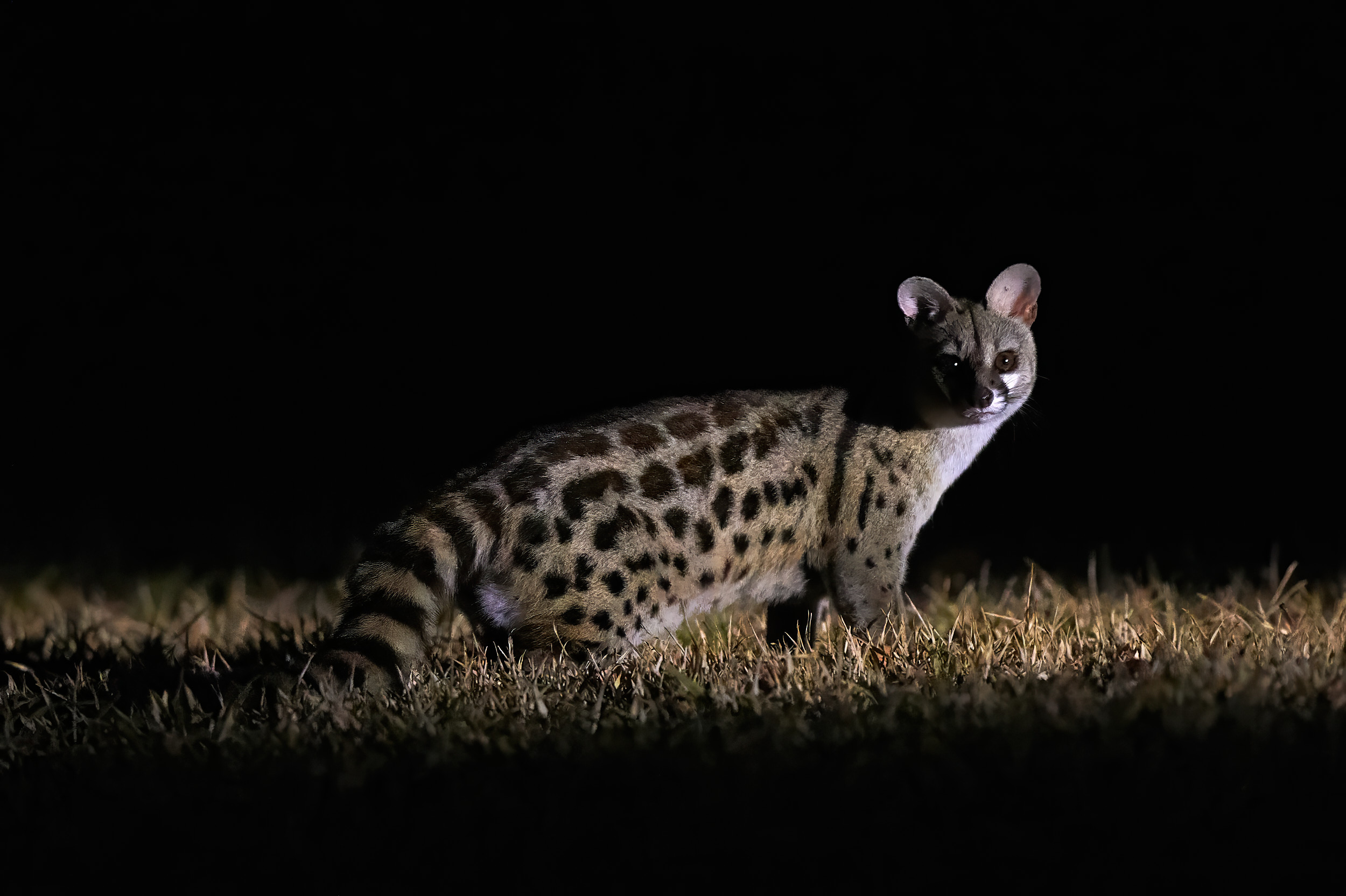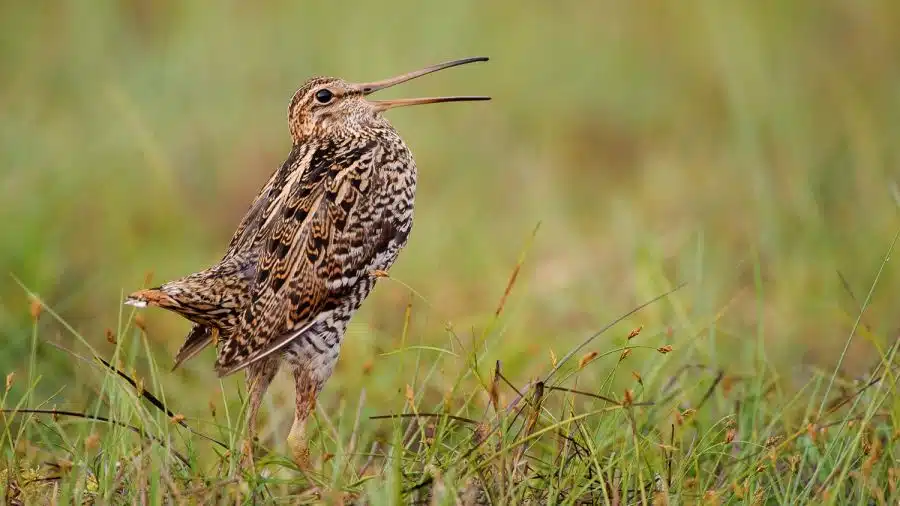This year, our photo trip took wildlife paparazzo Joachim Raff and me to the wild north of Europe – to Norway. Our goal: to photograph one of the most fascinating owl species in its natural environment – the barred owl(Surnia ulula).
The barred owl is an extraordinary phenomenon in the world of owls. It is the only species in the genus Surnia that differs not only visually from other owl species, but also in its behavior. This diurnal owl inhabits the sparse coniferous forests of the boreal zone and prefers landscapes with a mixture of open grasslands, loose trees and, above all, a high abundance of voles – its main food.

Join me on my photo tours and immerse yourself in the world of wild landscapes and unique encounters. Together we will hone your photographic skills – practical, creative and full of inspiration. Secure your place now and rediscover the magic of light and nature.
Photographing barred owls – a game of luck and patience
What makes wildlife photography of barred owls so special is their unpredictability. As they follow large roaming areas in constant search of food, it is almost impossible to plan where they will be in any given year. It is even rarer to come across an active nest during the breeding season.
While barred owls are much easier to observe and photograph in winter – as they concentrate heavily on hunting – summer is much more challenging. The animals are shyer, more mobile and often distracted by rearing their young.
We were all the luckier when we happened to meet a local photographer in a Norwegian parking lot, who conspiratorially showed us pictures of barred owls that he had just photographed. He didn’t want to reveal the exact location, but we were able to pick up the trail – and after some searching, we actually found a small family of barred owls in a secluded patch of forest.
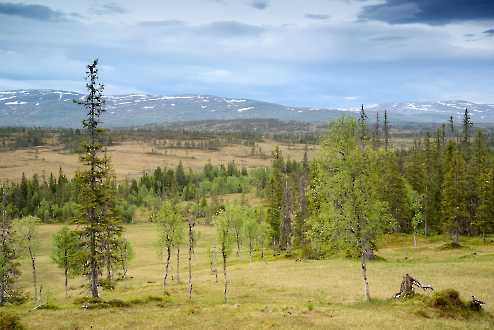
Up close: observations from the camouflage tent
For several days, we spent almost uninterrupted time with the owls – mostly from the camouflage tent. At the beginning of June, the young birds had already fledged and were staying in the branches as so-called “branchlings”. They were only fed once or twice a day – a time window that unfortunately did not provide us with a spectacular feeding scene, despite many hours of patient waiting.
The division of labor among the adult birds was particularly impressive: One parent always stayed close to the young while the other went out to catch prey. When the latter returned with a mouse, the guardian handed it over and took care of feeding the young.
Watch out, air attack!

Like many owl species, barred owls defend their brood vehemently. Even when approaching the territory, it can happen that you are suddenly approached – without even noticing the young bird in the branches. This aggressiveness may come as a surprise to hikers, but it is a valuable clue for photographers: if an adult bird is scolding loudly or is conspicuously active in the vicinity, the offspring are usually not far away.
Conclusion: Wildlife photography between light and rain
After a few intense days full of exciting observations, the typical Norwegian weather finally put a spanner in the works. Heavy rainfall forced us to abandon the trip – but not without the certainty of having a unique experience in our luggage.
Our encounter with the barred owl remains one of the highlights of recent years in wildlife photography. Its elegance, wildness and special habitat make Surnia ulula a real gem for nature observers and photographers.
I’ll tell you more about our other adventures on this trip to Norway in an upcoming article.

